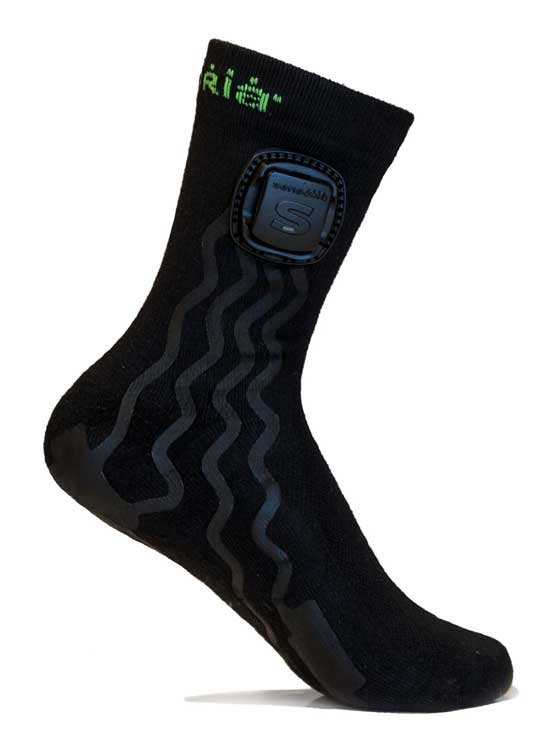Sensoria® Socks
Sensoria® Socks are smart, comfortable, washable and allow you to collect real time data on relevant gait metrics.
Each sock is infused with textile pressure sensors, a nine axis IMU and wireless connectivity.
Textile Pressure Sensor Infused
Comfortable, Breathable Fabric
Antibacterial and Antimicrobial
Light Moisture Wicking Fabric
Sensoria Core with 9 axis IMU
Rechargeable Battery
Bluetooth Smart
Patented
Sensoria® Walk
Sensoria Walk delivers accurate and actionable data for users to track and evaluate their rehabilitation progress.
Sensoria Walk features an intuitive interface that highlights a user’s progress history, goals, total activity time and other detailed analytics.
Additional gait metrics are available via secure cloud data integration for remote patient monitoring by researchers and clinicians.
Sensoria® Sock For Gait Analysis
Clinically proven to be on par or better than in-house gait labs
Can gather gait relevant data
Easy to wear and easy to use
Washable and Reusable
Dedicated Sensoria Walk app
Balance and fall detection/prediction
Real time data shared with users and clinicians
HIPAA compliant cloud storage
Potential for Remote Patient Monitoring and Remote Therapeutic Monitoring
Sensoria® Socks vs Gait Lab
Independent study from University of Sherbrooke comparing Sensoria® Smart Socks to traditional gait lab systems:
“We proposed a system to determine the spatio-temporal parameters of gait based on an easy-to-use non-cumbersome sock system that could be worn with all shoe types. These characteristics are very important for a wearable system to be used in a free-living environment and for a long period of time. The proposed system has been proven to be accurate for the estimation of temporal gait parameters and had better accuracy than a system commonly used in clinical applications (Mobility Lab) in estimating spatial parameters. The IMU-instrumented sock systems could potentially be used for the estimation of the spatio-temporal parameters of gait in clinical settings and in free-living conditions, but the data should be interpreted with spatial precautions in patients with severely reduced gait speed. Further studies are needed to validate the system in different conditions and populations.” Prof. Patrick Boissy






